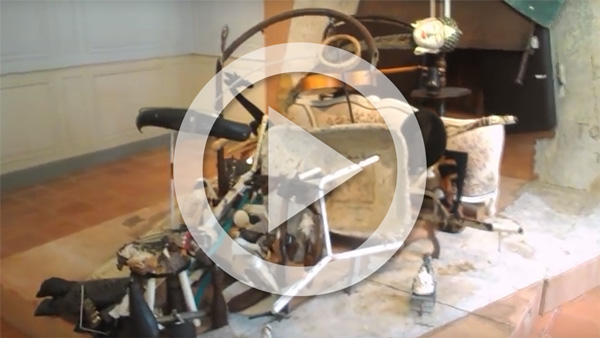This video made the rounds on the internet a while ago. I later realized that it inadvertently illustrated a pitfall many young designers fall victim to – in this instance exploited in reverse as a wonderful surprise.
Many of the tools we use in product design are 2D in nature, with many that purport to be 3D suffering from this “portal view” effect. CAD tools are a wonderful thing which I’ve taken advantage of throughout my career, but I didn’t learn form through CAD – I learned to understand form by sculpting clay and carving wood first. Both the blank page and the on-screen Cartesian plane are 2D interfaces for design: flat windows to a simulated 3D world. It is a worthwhile trade-off for the ability to explore multiple concepts in quick succession, but it can also lead some to shortchange the process at early stages believing they have thought things through adequately.
I worked alongside a designer for many years who, knowingly or not, mentored me in this approach. He kept his early sketches very rough and often started from the inside out – sketching at full scale on cardboard and foam as he experienced the volumes directly. As soon as he had a hint of a layout in mind, he would jump to mocking it up in low fidelity materials. When it came time to review concepts, whether we reviewed models or limited it to 2D renderings, it became apparent that his designs lived in the real world – designed to interact with the user’s actions and body noticeably better than the rest and not relying on tenuous “view-constrained” relationships in place of form. In mock-up format his concepts would visually hold together as you walked around them, always displaying a visual logic.
“Flat view” tools such as sketching and CAD are essential parts of the mix when designing product form, but don’t fall into the trap of thinking that you can repeatedly short-cut the process without missing out on a significant part of your design’s visual story.

